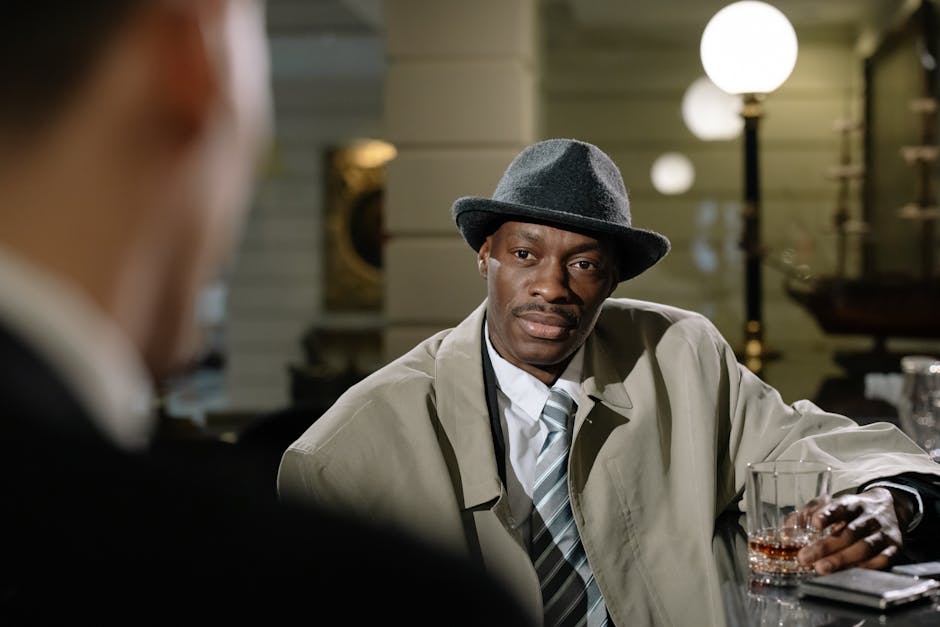**
The world is witnessing a dangerous surge in military spending and weapons development as nations engage in an accelerating global arms race. From U.S.-China military competition to Russia’s nuclear threats and India’s defense modernization, the stakes have never been higher. But what are the real consequences of this relentless militarization? Beyond geopolitical tensions, the arms race threatens global security, economic stability, and even human survival.
1. Rising Geopolitical Tensions & Conflict Risks
The most immediate consequence is heightened global tensions. Nations stockpiling advanced weapons—hypersonic missiles, AI-driven drones, and nuclear arsenals—create a volatile environment where miscalculations could trigger war.
- U.S.-China rivalry in the Indo-Pacific
- Russia’s threats over Ukraine
- India-Pakistan tensions along the LoC
Historical Precedent:
– Pre-WWI naval arms race (Britain vs. Germany)
– Cold War nuclear standoff
With more players and deadlier tech, the risks are greater today.
2. Economic Strain & Misallocated Resources
Global military spending surpassed $2.2 trillion in 2023, with the U.S., China, and Russia leading. India’s defense budget exceeded ₹6.2 lakh crore ($75 billion).
Key Concerns:
– Funds diverted from healthcare, education, climate resilience
– Developing nations (e.g., Pakistan) face economic crises
– Even wealthy nations (like the U.S.) neglect infrastructure
3. Nuclear Proliferation & Existential Threats
The Doomsday Clock is at 90 seconds to midnight—closest ever to global catastrophe.
Current Risks:
– Russia’s nuclear threats in Ukraine
– China’s expanding arsenal
– India-Pakistan standoff
– Hypersonic missiles lowering conflict thresholds
4. AI & Autonomous Weapons: A New Frontier
Unregulated AI warfare introduces ethical and strategic dangers:
– Autonomous drones
– AI-driven decision-making (risking accidental war)
– Cyberweapons increasing vulnerability
5. Erosion of Diplomacy & Trust
Failing Arms Control:
– New START Treaty (U.S.-Russia) crumbling
– No new agreements in sight
Vicious Cycle:
– Military buildups breed suspicion
– Diplomatic solutions become harder
6. Environmental & Humanitarian Costs
- Military emissions worsen climate change
- Weapons testing (e.g., Pacific nuclear tests) harms ecosystems
- Arms-fueled conflicts (e.g., Yemen crisis) displace millions
Conclusion: Can the World Step Back?
The arms race risks economic collapse, nuclear war, and AI-driven conflicts. Solutions include:
✔ Renewed arms control agreements
✔ Multilateral diplomacy
✔ Redirecting budgets to climate & health crises
The question remains: Will nations choose cooperation or catastrophe?
**




